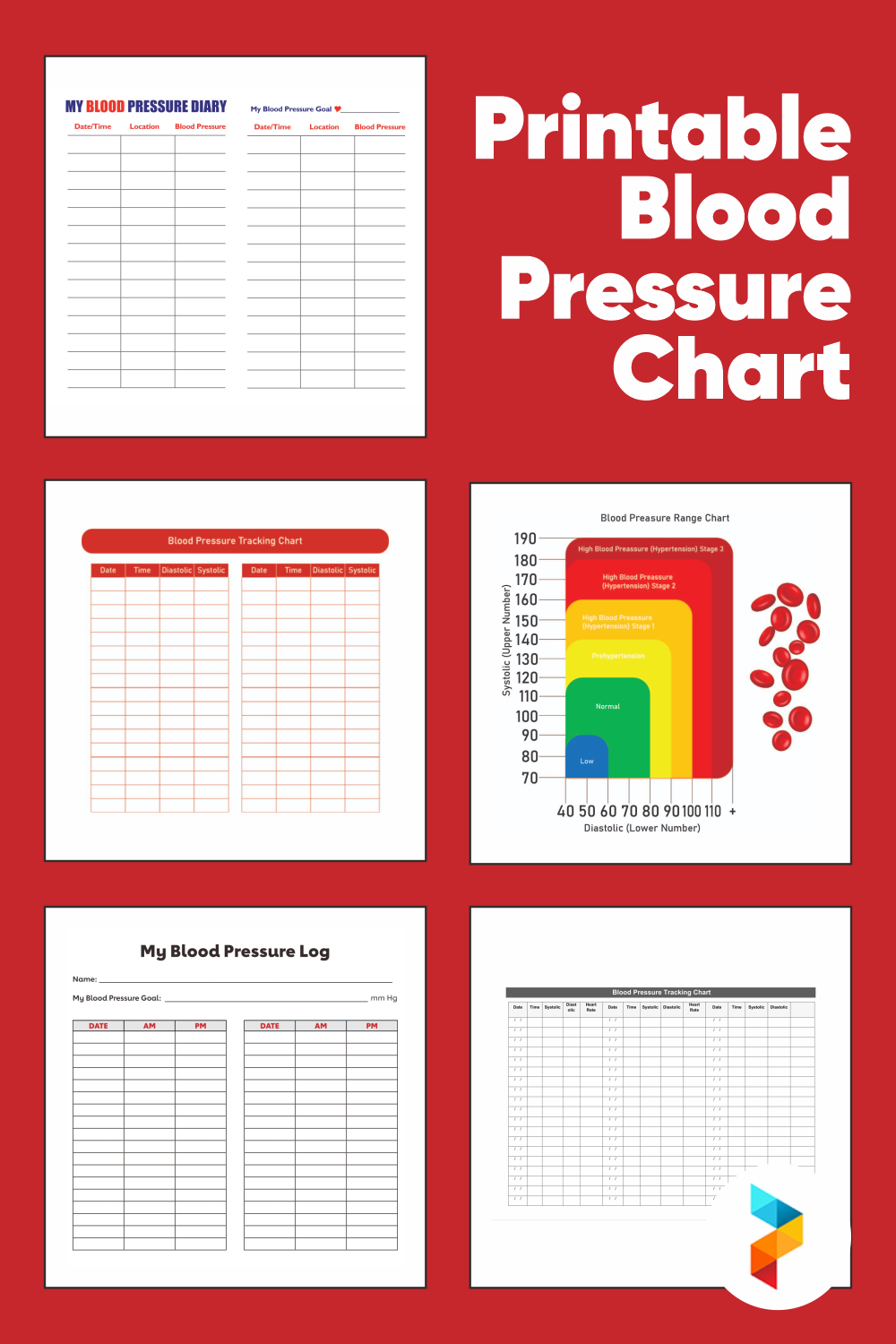
You can count your pulse three times, then take the average of the three to be sure. The result multiplies by 4 to get your resting pulse rate per minute. If necessary you must move your fingers until the pulse is felt.
Gently press your finger until you feel the pulse under your finger. Or, place tip index and third finger on the neck of your lower jaw on one side of your throat. Place your tip index and middle fingers of the right hand on the side of the palm of the left wrist (or vice versa), just below the base of the thumb. You will get the most accurate reading of your heartbeat as soon as you wake up in the morning. But, it’s important to choose when to count them. To count heart rates, you only need the ability to count and a stopwatch. After the blood pressure number appears, the data is entered into the printable blood pressure and pulse log that has been given while at the clinic or doctor. So the way to read blood pressure is one hundred twenty per eighty millimeters of mercury (hg). The unit of blood pressure is millimeters of hydrargyrum or mercury abbreviated as mmHg. The above number (120) is called systolic blood pressure (systolic), while the lower figure (80) indicates diastolic blood pressure (diastolic). When we measure blood pressure, the results will be written, for example, as follows as 120/80 mmHg. 
They must record it for later given back to the doctor when checking up again.


Patients can calculate their blood pressure at home using either manual or automatic devices. Your log must be filled in according to the doctor’s recommendations about how many times you have measured and which time is appropriate. How To Fill Out Your Printable Blood Pressure And Pulse Log







 0 kommentar(er)
0 kommentar(er)
